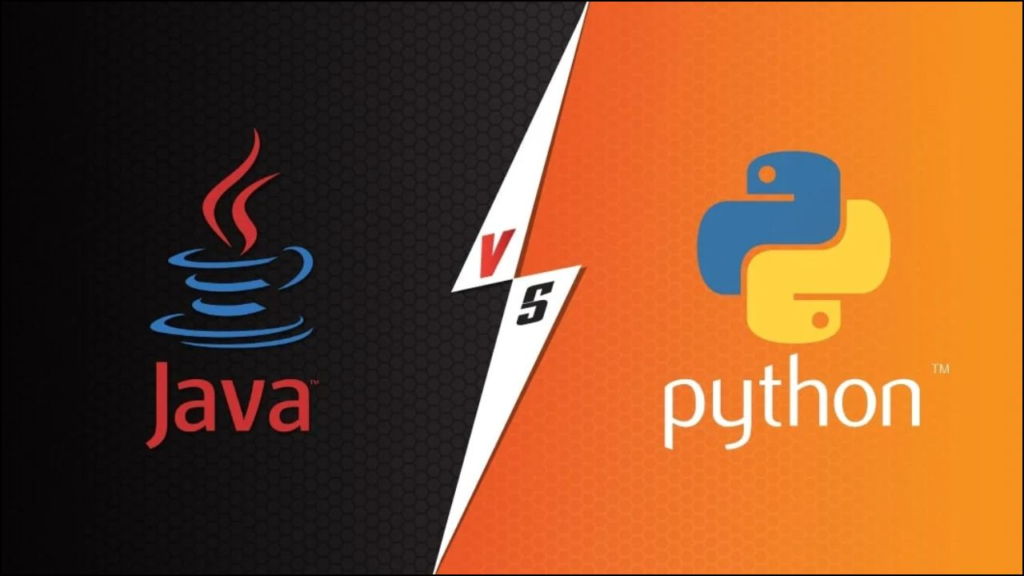
The decision between Python vs Java remains one of the most important choices facing aspiring developers today. Both programming languages have decades of history, broad industry adoption, and strong career prospects. Yet they differ in design, performance, and application, making the choice a career-shaping one for programmers worldwide.
Why the Python vs Java Debate Matters
Choosing between Python and Java is not simply a technical decision but a strategic one for anyone building a career in programming. Python has become the language of choice for artificial intelligence (AI), machine learning, and data analytics. Java, meanwhile, remains a pillar of enterprise software, financial services, and backend systems.
According to the 2025 Stack Overflow Developer Survey, Python was the most popular programming language among new learners, while Java retained its long-standing relevance in corporate IT.
Historical Background of Python and Java
Python, created by Guido van Rossum in 1991, was designed to emphasise readability and simplicity. It quickly gained traction among researchers and scientists due to its ease of use and versatility.
Java, developed by Sun Microsystems in 1995, was built for portability — its motto, “write once, run anywhere,” reflected the importance of cross-platform software at a time when computing environments were fragmented. Over time, Java became the backbone of enterprise systems.
This divergence in origins explains today’s ecosystems: Python thrives in innovation and experimentation, while Java dominates structured, large-scale systems.
Python: The Language of Speed and Simplicity
Python’s syntax is often described as close to natural language, making it a favourite for beginners. It has been widely adopted in education, with universities across India and abroad teaching Python as the first programming language.
“Python lowers the barrier to entry for programming,” said Dr. Anita Mehra, professor of computer science at the Indian Institute of Technology (IIT) Delhi. “Its simplicity accelerates learning, and its ecosystem supports cutting-edge fields such as AI and automation.”
The language has fuelled advances in data science, automation, and artificial intelligence, supported by powerful libraries such as TensorFlow, PyTorch, and Pandas. However, Python’s dynamic typing can introduce runtime errors, and its performance may not match compiled languages in resource-heavy environments.
Java: A Pillar of Enterprise Development
Java has stood the test of time as a reliable, performance-driven language. Its strong static typing, object-oriented approach, and robust ecosystem make it suited for enterprise applications, banking systems, and large-scale backend infrastructures.
“Enterprises still trust Java for critical systems because of its stability and proven scalability,” said Ravi Kumar, a senior software architect at Infosys. “It handles concurrency, multi-threading, and performance at levels where Python often falls short.”
Java is also integral to Android development, although Kotlin has gained prominence in recent years. Nonetheless, Java skills remain highly valued in companies maintaining legacy codebases and building scalable cloud services.
Learning Curve and Community Support
Python’s concise syntax makes it easier for beginners and hobbyists. This has contributed to its rise as the top choice for coding bootcamps and online courses. Java, while more complex, instils strong fundamentals in software engineering, preparing learners for work in large teams and long-lived projects.
Both languages benefit from vast global communities. Python’s community is known for producing libraries that advance scientific computing, while Java’s ecosystem supports decades of enterprise-grade frameworks. Open-source collaboration in both ensures continuous improvement and long-term viability.
Job Market Demand and Salary Trends
Demand for Python developers has surged with the growth of data-driven roles. Startups in Bengaluru and Hyderabad often list Python as a requirement for AI engineers and data scientists. Globally, tech giants such as Google, Meta, and Amazon employ Python extensively for automation and machine learning pipelines.
Java, on the other hand, remains deeply entrenched in financial services, telecom, and government systems. In India, multinational corporations like Infosys, TCS, and Accenture continue to recruit Java developers for enterprise solutions.
Salary data reflects this demand. According to Payscale, Python developers in India earn an average of ₹6–9 lakh annually, with senior roles surpassing ₹20 lakh. Java developers command similar salaries, with higher earnings in enterprise-heavy sectors such as banking and fintech.
Real-World Applications and Case Studies
- Python: NASA uses Python for data analysis in space research, while Netflix leverages it for recommendation algorithms.
- Java: E-commerce giant Amazon runs core backend services on Java, and banks such as JPMorgan Chase rely heavily on Java for secure, scalable applications.
These examples highlight how each language plays to its strengths in real-world systems.
Future Outlook: Python vs Java
Looking ahead, Python is expected to consolidate its dominance in AI, machine learning, and automation, especially as organisations adopt data-first strategies. Its role in education also ensures a steady stream of new developers.
Java’s strength lies in cloud computing, microservices, and large-scale enterprise systems. The ongoing evolution of the Java Virtual Machine (JVM) and strong corporate backing from Oracle ensure its survival well into the future.
Balancing Flexibility and Stability
Experts suggest that developers should ideally learn both. Python provides flexibility and rapid prototyping, while Java delivers robustness and structure. Together, they offer a balanced toolkit.
“Learning both languages expands opportunities,” said Dr. Mehra. “Python provides speed and accessibility, while Java ensures stability and scale. Together, they make a developer versatile in today’s competitive job market.”
Conclusion
The Python vs Java debate reflects the broader divide in software development between innovation and reliability. Python powers the future of AI and automation, while Java anchors mission-critical enterprise systems. For aspiring developers, the right choice depends on career goals, industry demand, and personal interest. Yet, in an industry where adaptability is key, mastering both may be the most strategic decision.

















